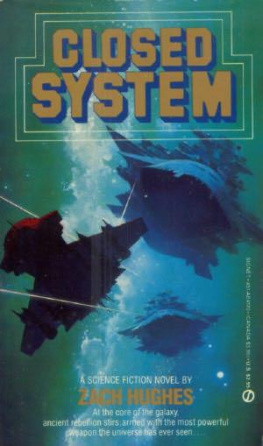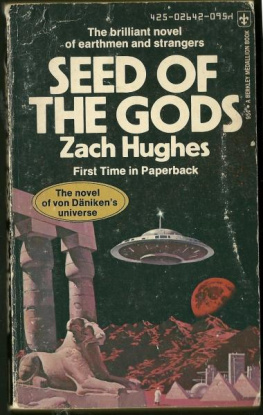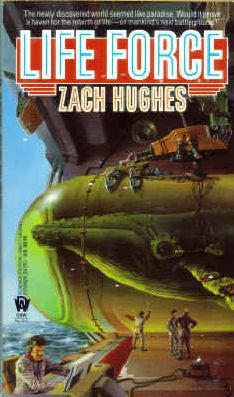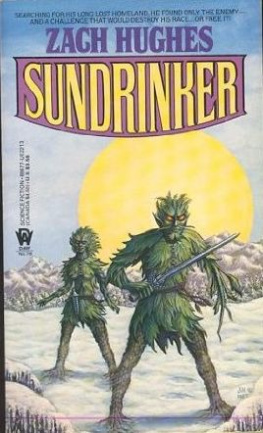Sell Zach - Trouble of the World
Here you can read online Sell Zach - Trouble of the World full text of the book (entire story) in english for free. Download pdf and epub, get meaning, cover and reviews about this ebook. year: 2020, publisher: University of North Carolina Press, genre: Politics. Description of the work, (preface) as well as reviews are available. Best literature library LitArk.com created for fans of good reading and offers a wide selection of genres:
Romance novel
Science fiction
Adventure
Detective
Science
History
Home and family
Prose
Art
Politics
Computer
Non-fiction
Religion
Business
Children
Humor
Choose a favorite category and find really read worthwhile books. Enjoy immersion in the world of imagination, feel the emotions of the characters or learn something new for yourself, make an fascinating discovery.

Trouble of the World: summary, description and annotation
We offer to read an annotation, description, summary or preface (depends on what the author of the book "Trouble of the World" wrote himself). If you haven't found the necessary information about the book — write in the comments, we will try to find it.
Trouble of the World — read online for free the complete book (whole text) full work
Below is the text of the book, divided by pages. System saving the place of the last page read, allows you to conveniently read the book "Trouble of the World" online for free, without having to search again every time where you left off. Put a bookmark, and you can go to the page where you finished reading at any time.
Font size:
Interval:
Bookmark:
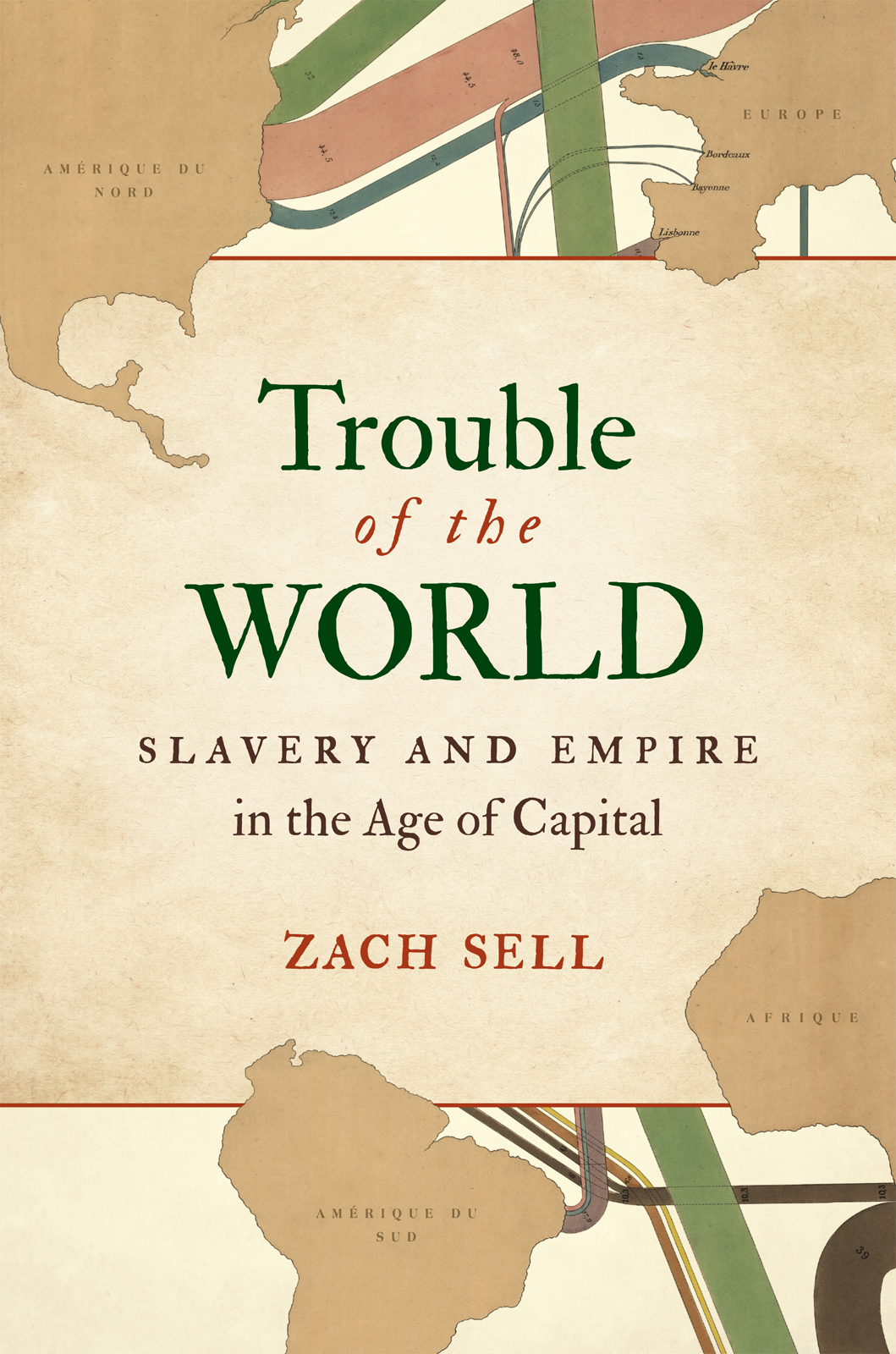
Trouble of the World
SLAVERY AND EMPIRE IN THE AGE OF CAPITAL
Zach Sell
THE UNIVERSITY OF NORTH CAROLINA PRESS
Chapel Hill
This boo k was published with the assistanc e of the Anniversary Fund of th e Universit y of North Carolina Press.
2021 Zach Sell. All rights reserved
Set in Bulmer and Clarendon by Tseng Information Systems, Inc.
Manufactured in the United States of America
The University of North Carolina Press has been a member of the Green Press Initiative since 2003.
Cover illustration: detail from Carte Figurative Et Approximative Reprsentant Pour Lanne Les migrants Du Globe, Les Pays Du Ils Partent Et Ceux O Ils Arriven t , by Charles Joseph Minard et al. (Paris: Charles Joseph Minard, 1858); courtesy Library of Congress, Geography and Map Division.
Library of Congress Cataloging-in-Publication Data
Names: Sell, Zach, author.
Title: Trouble of the world : slavery and empire in the age of capital / Zach Sell.
Description: Chapel Hill : The University of North Carolina Press, 2021. | Includes bibliographical references and index.
Identifiers: LCCN 2020038251 | ISBN 9781469661346 (pbk ; alk. paper) |
ISBN 9781469660455 (cloth) | ISBN 9781469660462 (ebook)
Subjects: LCSH : SlaveryEconomic aspectsUnited StatesHistory19th century. | ColonizationEconomic aspectsHistory19th century. | CapitalismHistory19th century. | ImperialismHistory19th century. | Great BritainColoniesSocial conditions19th century.
Classification: LCC E 441 . S 46 2021 | DDC 331.11/734097309034dc23
LC record available at https://lccn.loc.gov/2020038251
Trouble of the World
T his book returns to the explosive era of capitalist crisis, upheaval, and warfare between emancipation in the British Empire and Black emancipation in the United States (183365) to address a long-standing trouble in the field of empire studies: the relationship between slavery and empire within capitalism. During this age of global capital, U.S. slavery exploded to a vastness hitherto unseen, propelled forward by the outrush of slavery-produced commodities to Britain, continental Europe, and beyond. Britain waxed fat from this outflow and helped finance U.S. slavery while looking toward its empire to meet the bar U.S. slavery set. As slavery-produced commodities poured out of the United States, U.S. slaveholders transformed their profits into slavery expansion. U.S. slavery provided the raw material for metropolitan Britains explosive manufacturing growth and inspired new hallucinatory imperial visions of colonial domination that took root from the Atlantic world to Asia and the Pacific.
Passed in 1833 by Britains parliament, the Act for the Abolition of Slavery ended the enslavement of 800,000 people across the British Empire from the Caribbean to Canada to Mauritius while exempting India, Sri Lanka, and Saint Helena from its provisions. By 1865, enslaved people in the United States brought down slavery in the midst of the American Civil War, resulting in the immediate end of slavery for 4 million people. Because slavery regimes were being toppled and because colonial subjects and enslaved people from India to Jamaica to the United States revolted against colonial occupation and exploitation, this epoch was also defined by racist and imperialist reaction. Slaveholders, colonial bureaucrats, factory owners, rural settlers, politicians, and wage workers seeking protection in whiteness all struggled to extend capitalisms lease on lives.
There was a terrible convergence between U.S. slavery and British imperial expansion, providing a new proving ground for the elaboration of projects toward dispossession within the changing realities of global capitalism. U.S. slavery plantations provided raw materials that drove British manufacturing forward, with slaveholders responding to demands created by slaverys location in the world market. Liverpool shipping, Manchester manufacturing, and London finance all together sustained the demand for U.S. slaveryproduced commodities. Across the British Empire, politicians, colonial officials, and settlers sought to reshape imperial rule and occupation to allow commodities to pour out of colonies to match or surpass the economic dynamism of U.S. slavery. Technological modifications in factories and on plantations responded to meet the demands of the world market. U.S. slaveholders and Britains manufacturers relentlessly sought ways to maximize their profits globally. This terrible convergence was part of the increasingly integrated, coordinated world of global capitalism.
Three interrelated tendencies within capitalisms production of, and operation through, racial domination and colonial occupation came to define this era. The first tendency entailed projects to perpetuate plantation society through the elaboration of new forms of coercion. The third tendency was defined by projects to racially arrange, dispossess, and dominate work through the capitalist marketplace. This last tendency operated through the making of a false choice, drawn starkly in colonial and post-slavery contexts, between the compulsion to work for wages or produce commodities to sell on the marketplace or otherwise suffer from destitution. Together, these three tendencies were essential to mid-nineteenth-century capitalism and remain accumulated within the structures of everyday life.
Such tendencies within capitalism spilled over national boundaries and flowed across empires, converging in the contradictory spaces of colonial projects. U.S. slavery itself was essential to the expansion of the United Sates as an empire-state. These state-backed settler projects enabled slaveholders to gain further political power through U.S. settler slavery, a racial, colonial, and class-based relationship of dominance.
At the same time, Victorian Britain asserted global economic dominance through the expansion of manufacturing and finance along with the growth of overseas trade. British manufacturers, politicians, and colonial officials were just some of those who drew lessons from U.S. slavery to understand how to try to make the empire work for them.
U.S. slavery expansion was supported by Britains dominant position within global capitalism and by demand for slavery-produced commodities. By 1860, U.S. slavery accounted for nearly 75 percent of U.S. domestic exports, with much of these exports destined for Britain.
U.S. slaverys booming but combustible growth and Britains continued profits inspired new British imperial imaginations of what forms of colonial conquest were possible. British metropolitan society fashioned new obligations onto India, the British Caribbean, and Australia where colonial projects unfolded with aims to match or surpass the economic dynamism of U.S. slavery without replicating settler slavery itself. Colonial India was meant to be remade into both Britains cotton field and rice swamp. Workers who could not find jobs in Britains shuttered factories were expected to become settlers in Britains colonies where they were to grow cotton, buy textiles, and remain forever. Yet, British colonial projects and fantasies of unbridled success encountered limits set by U.S. slaverys structural advantages within nineteenth-century capitalism. These limits frustrated Britains capitalists, settlers, and merchants, who all saw their profits set back by U.S. slaverys dominance. The limits to empire further disappointed Atlantic abolitionists who promoted the possibility of emancipation through capitalism based upon increased colonial commodity production to outstrip U.S. slavery. U.S. slaveholders feared diminished significance should a part of the British Empire surpass their cotton or rice plantations as occurred with the shift in indigo cultivation from South Carolina to eastern India.
Font size:
Interval:
Bookmark:
Similar books «Trouble of the World»
Look at similar books to Trouble of the World. We have selected literature similar in name and meaning in the hope of providing readers with more options to find new, interesting, not yet read works.
Discussion, reviews of the book Trouble of the World and just readers' own opinions. Leave your comments, write what you think about the work, its meaning or the main characters. Specify what exactly you liked and what you didn't like, and why you think so.






